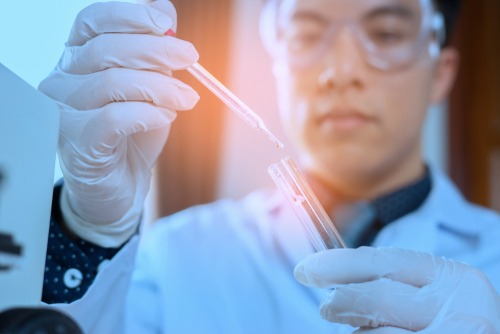
On Thursday, the U.S. Department of Homeland Security (DHS) Science and Technology Directorate (S&T) announced it would be joining several agencies in New York City to conduct above-ground and below-ground air sampling studies.
The studies will help urban areas prepare for and recover from hazardous materials incidents, the organizations said. Conducted by scientists from the Massachusetts Institute of Technology-Lincoln Laboratory (MIT-LL) and multiple Department of Energy National Laboratories experts from Argonne, Brookhaven, Los Alamos, Lawrence Berkeley and Lawrence Livermore, the tests will be held on five separate days between Oct. 18 and 29. The tests are part of S&T’s Urban Threat Dispersion (UTD) program — a follow-on to previous smaller scale testing and airflow studies between 2009 and 2016 in Washington, Baltimore and New York.
“The goal of these tests is to deliver actionable information to emergency preparedness planning authorities for potential wide-area release of dangerous chemicals or biological materials,” Kathryn Coulter Mitchell, DHS Senior Official Performing the Duties of the Under Secretary for Science and Technology, said. “Lessons learned now will help refine and verify airflow and dispersion models that will inform response protocols and keep our citizens, critical infrastructure including hospitals, police and fire stations, and our transit systems safe.”
In each test, the team will release small amounts of non-toxic materials in several subway stations and above ground locations. Using a variety of sampling and sensor equipment at more than 120 different locations throughout Manhattan, the Bronx, Queens, Brooklyn and Staten Island, the tests will track airflow and transport models for the movement of the material above- and below-ground, measuring how far the particulate and gases travel and what their concentrations are when they are detected. The data collected will help transit officials and emergency management professionals plan for and respond to future incidents.
“This study will help specify the extent of ‘contamination,’ so officials understand how potentially hazardous aerosols may transport above and below ground and be able to direct response and recovery actions if a real biological or chemical event takes place,” Dr. Don Bansleben, S&T UTD Program Manager, said. “The study will ultimately help enhance the resiliency of a large urban center such as New York City.”




